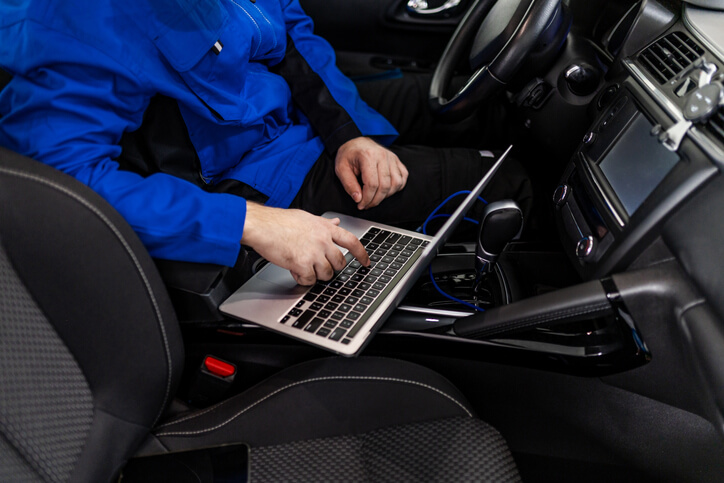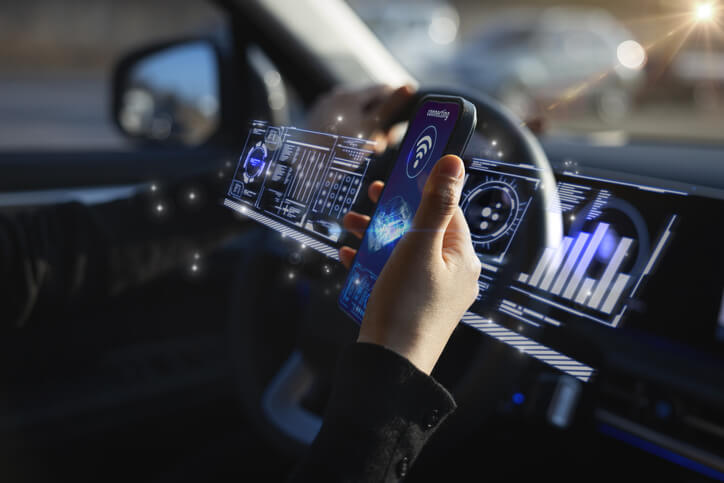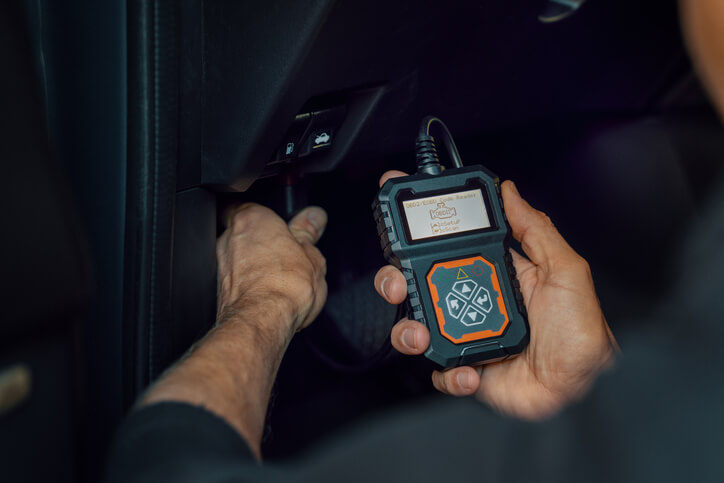From OBD-I to OBD-III: The Evolution of Onboard Diagnostics
Modern cars are like computers on wheels. If you’ve ever seen the “check engine” light pop on, you’ve encountered your car’s Onboard Diagnostics (OBD) vehicle diagnostics system in action.
OBD systems have come a long way since the 1980s, changing how technicians diagnose and repair vehicles. In this post, we’ll journey from the early days of OBD-I through the standardized OBD-II we use today, and peek at the emerging OBD-III. Along the way, we’ll see how these vehicle diagnostics advancements make life easier for mechanics and how learning about them is a key part of auto mechanic school training.
OBD-I: The First Onboard Vehicle Diagnostics (1980s–Early 90s)
OBD-I was the first generation of computerized vehicle diagnostics, introduced in the late 1980s and early 1990s. These early systems were primitive by today’s standards. They were designed primarily to monitor engine emissions – a response to growing environmental regulations at the time. Each car manufacturer developed its own OBD-I setup, meaning there was no universal standard. For mechanics, this was challenging: a Honda might blink out codes in a different way than a Ford or GM.
OBD-I could alert to basic issues but provided limited information and had major limitations, including minimal data and a lack of standardization. Retrieving error codes often required brand-specific scan tools or even manual tricks like counting flashes of the check-engine light.

OBD-II: The Game Changer (1996 – Present)
The shortcomings of OBD-I led to OBD-II, which became the standard for all cars sold in the U.S. and Canada by the mid-1990s. Starting with the 1996 model years, automakers adopted this universal system.
Why OBD-II mattered:
- Standardization: Every vehicle now uses the same 16-pin diagnostic connector and communication protocols.
- Expanded Monitoring: OBD-II systems continuously monitor engine, transmission, fuel, ignition, airbags, ABS brakes, and more.
- Real-Time Data: Mechanics can view engine RPM, coolant temperature, oxygen sensor readings, and dozens of other parameters in real time.
- Efficiency in Shops: Instead of guessing, technicians can connect a scan tool, pull error codes, and jump straight into focused repairs.
Today, OBD-II is the backbone of modern vehicle diagnostics. In auto mechanic training programs, students learn how to use OBD-II scan tools, interpret data, and apply it in real-world troubleshooting. This skill is fundamental in every shop, as virtually every car on the road today uses OBD-II.
OBD-III: The Next Frontier
OBD-III is not yet in use but is being discussed as the next step in diagnostics. The idea is that vehicles would automatically communicate certain diagnostic information wirelessly to remote stations or authorities. Instead of just storing a code and turning on your dashboard light, your car could transmit data instantly.
Potential benefits include cleaner air, more efficient maintenance, and possibly eliminating the need for annual smog checks. But it also raises privacy concerns, drivers may not want their cars broadcasting data automatically.
For students in auto mechanic school, it’s important to stay updated on these emerging trends. Even if OBD-III takes years to become reality, it reflects the growing role of connectivity and telematics in automotive service.

Why This Evolution Matters for Your Career
From OBD-I’s blink codes to OBD-II’s live data and OBD-III’s proposed wireless communication, each evolution makes vehicles smarter and diagnostics more precise. For mechanics, this means acquiring new tools, skills, and opportunities.
Learning OBD systems isn’t just about memorizing codes; it’s also about building confidence in diagnosing modern vehicles. With strong training, you’ll be ready to adapt to whatever new systems the industry introduces next.
Are you ready to plug into the future of automotive service? ATC Cambridge’s auto mechanic training program gives you hands-on experience and prepares you for a career. Contact us now!


